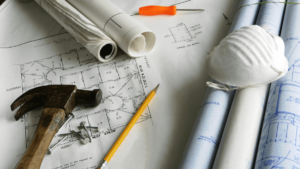Key Takeaways:
- Poorly planned construction projects are more likely to experience delays that minimize efficiency.
- Relying on manual processes is likely to result in less-than-efficient construction operations.
- The way construction companies allocate their equipment, materials, and labor affects the efficiency of their operations.
In construction, efficiency is about how well you, as a company owner or manager, use your resources to achieve optimal business results.
Which results?
Typically, completing projects on time, within budget, and to the required quality standards with minimal waste of said resources—or maximum efficiency.
Why?
Among other things, because of increased profitability, enhanced reputation, and competitive advantage.
So, what factors can potentially prevent you from achieving high efficiency in your construction operations?
That’s what we’ll explore in this article, along with suggested strategies to address challenges and drive the long-term success of your construction business.
In this article...
Approach to Project Planning
Your company’s approach to project planning is a major factor that not only affects construction efficiency but is also crucial for project success.
Simply put, poorly planned projects are much more likely to face delays, disruptions, and cost overruns.
The importance of good planning is further underlined by the fact that, due to the general complexity of construction projects and the many uncontrollable variables and risks that follow them, even the most well-planned projects can be thrown off course.
This is evidenced by various studies and surveys showing that most construction companies struggle to complete projects on schedule and budget.
Take Procore’s 2021 survey of more than 500 North American construction project owners and developers as an example.
This survey has shown that the majority of projects experienced delays, schedule changes, cost overruns, and budget changes.
The numbers you can see below indicate generally ineffective planning processes in establishing realistic project cost and time targets, properly assessing risks, setting contingencies, and managing changes.
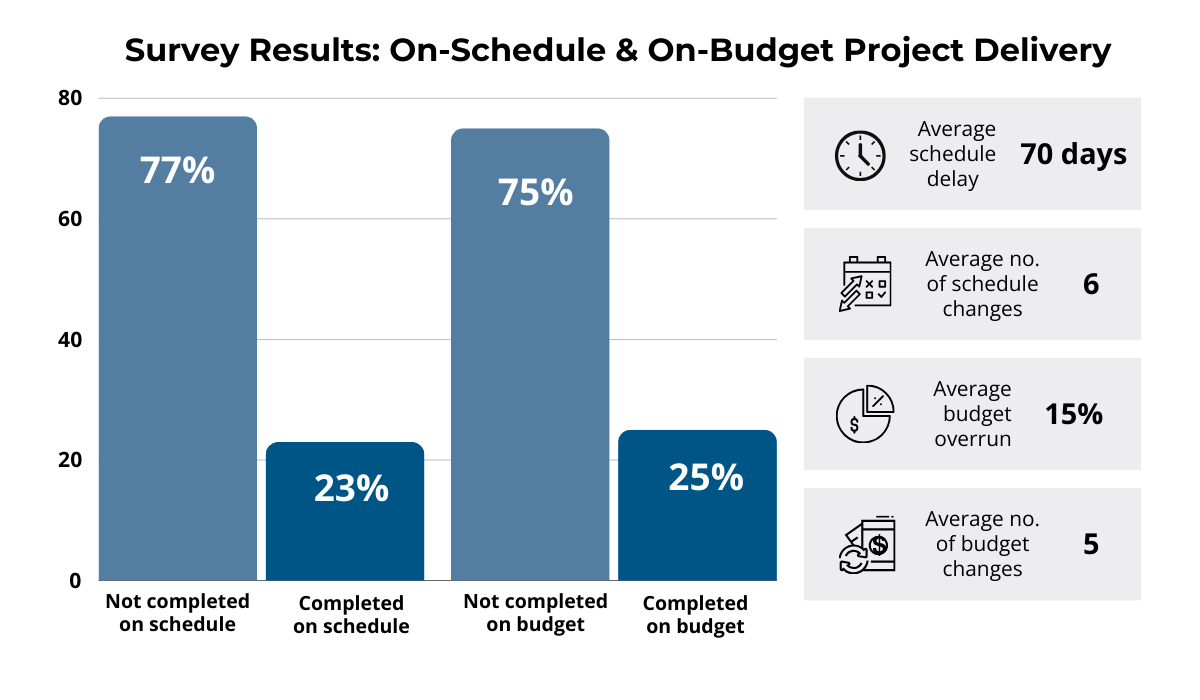
Moreover, the survey found that companies with lower efficiency typically exhibited higher rates of using manual, partially paper-based processes during the project planning stage.
This underscores the fact that an efficient approach to project planning is necessarily holistic, encompassing the following elements:
| Clear methodology | Implementing planning techniques such as the Critical Path Method (CPM), Integrated Project Delivery (IPD), Work Breakdown Structure (WBS), etc. |
| Using project planning software tools | Material takeoff, cost estimation, Building Information Modeling (BIM), project management, resource management, etc. |
| Ensuring proper skill sets, training, and resources | Empowering all team members to effectively utilize planning tools and methodologies |
| Collaboration and communication | Fostering strong communication and collaboration among all stakeholders from the project’s inception |
These will enhance your team’s project planning capacity and efficiency, leading to more accurate cost estimates, improved budgeting and scheduling, and streamlined resource allocation.
In turn, this will allow for more thorough project planning, realistic scheduling, and proactive risk management (e.g., safety measures, contingencies), ultimately enabling smoother project execution.
One tool that’s now increasingly used by all project stakeholders to improve project planning is BIM (Building Information Modeling).
Simply put, BIM technology incorporates all the project data to create a single 3D model of a building.
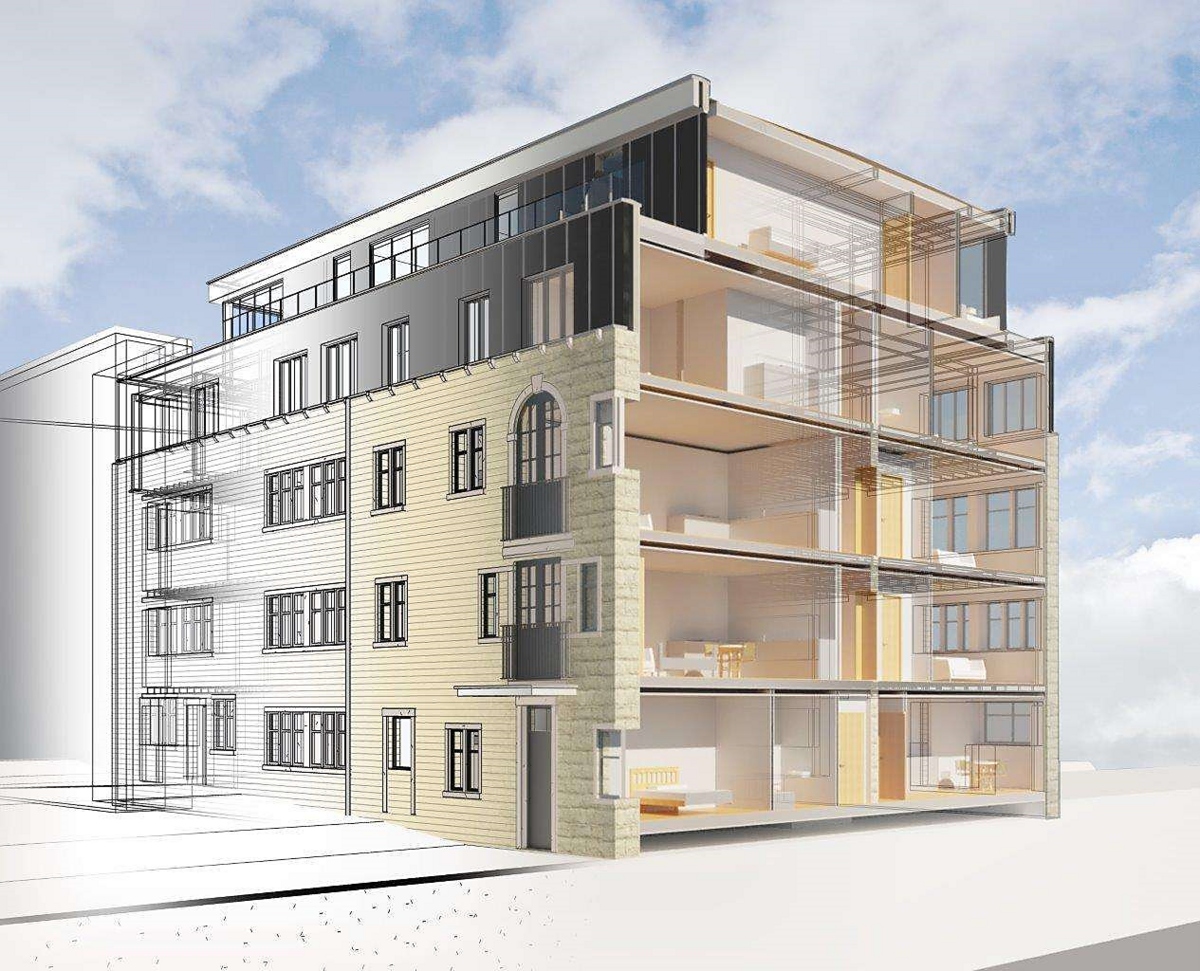
This enables architects, engineers, and contractors to view and overlay each other’s work, allowing them to identify design clashes, overlaps, or potential construction issues and address them during the planning stage.
To illustrate, let’s use a more practical example of how BIM could help a general contractor preparing a project bid.
By ensuring in-company BIM skills, capacities, and tools or outsourcing them, that contractor could use the project owner’s BIM data to:
- perform an accurate material takeoff directly from the BIM model,
- use the precise material quantities and specifications to develop a detailed cost estimate and project budget,
- develop a tentative project schedule, and
- if any design clashes or constructability issues are detected, address them in the bid, showcasing a proactive approach to problem-solving.
BIM stands as a great example of technology that enables a holistic approach to project planning by streamlining processes, detecting errors, and enabling real-time collaboration.
As such, it enhances not only the efficiency of project design and planning processes but also all other phases of a construction project.
As discussed next, there’s a range of construction technology solutions that complement each other in helping you increase the overall efficiency of your construction operations.
Usage of Construction Technology
Regardless of how good your planning is or how skilled and motivated your employees are, using—or not using—construction technology can affect the efficiency of your construction operations.
More precisely, relying on manual processes when digital more efficient tools exist can be unnecessarily time-consuming, resulting in less-than-efficient construction operations.
There are plenty of examples of this, from manual data entry to paper-based documentation management and hand-written reports.
In fact, the previously mentioned Procore survey estimates that around 40% of construction projects are still planned and managed mostly manually, which is a major factor behind their lower efficiency.
In the words of Warren Shiau, Research Vice President at an independent research firm IDC:
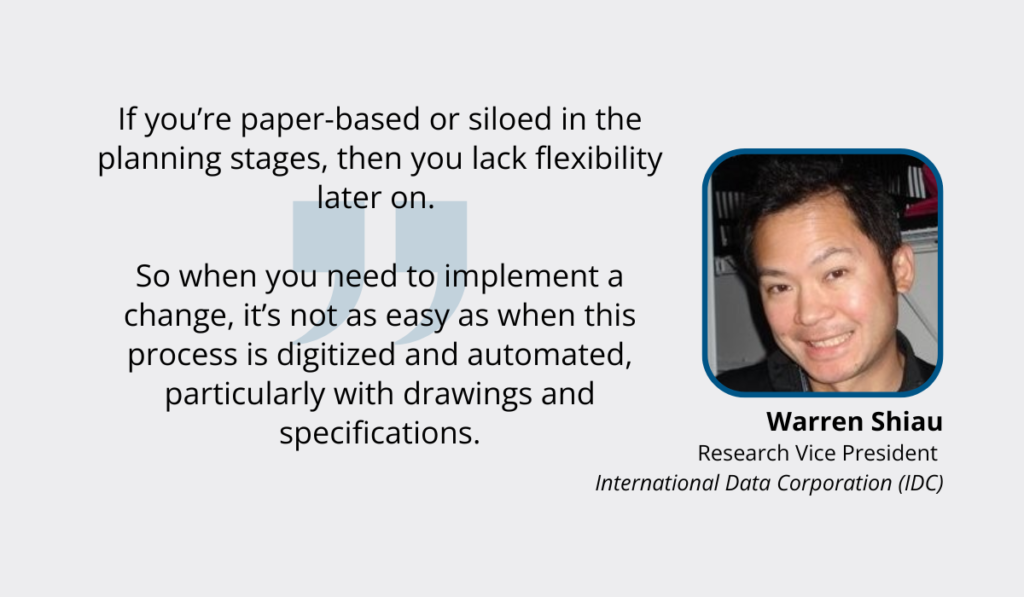
Therefore, adopting technologies like BIM and other digital solutions that make your workers’ jobs easier can lead to higher operational efficiency.
Rather than covering all the potential software solutions and technologies that could increase construction efficiency, let’s give a practical example to illustrate this concept.
For instance, let’s say that a construction company decided to move away from spreadsheets and paper lists and automate the tracking and management of its equipment, tools, and other construction assets.
That company could opt to get an asset-tracking solution like our GoCodes Asset Tracking.

GoCodes Asset Tracking is a solution that consists of a software app, a built-in scanner, and QR code tags.
This means that the only “hardware” you need is our rugged QR code labels, preferably printed on materials that can withstand harsh construction site conditions.
As for the rest, the GoCodes Asset Tracking app and scanner work on devices your company or your workers already own.
Given its accessible price, ease of use, and quick installation, GoCodes Asset Tracking is one of the most affordable and simplest ways to increase your construction efficiency.
The process of digitizing and automating asset tracking is straightforward.
First, QR code tags are attached to all equipment, tools, and other items you want tracked.

Then, each QR code is connected to its digital twin, i.e., its own info page located in a central cloud database that’s available to your staff from any internet-connected device.
This database page can be used to record, view, and update various asset data.
Think anything from its purchase date and value to utilization and repair history or scheduling upcoming maintenance.
Most importantly for efficiency, this means that every worker now has real-time access to information about the location and availability of different assets.
This is achieved by staff now being able to scan a QR code attached to an asset with their smartphone or tablet, and the software automatically recording their current location and user.

In practice, managers have full visibility of all company assets, their location, availability, and maintenance status, which facilitates project planning and resource allocation.
Furthermore, workers can access the database on their smartphone to quickly find the equipment and tools they need, thus minimizing the time spent on locating assets.
Overall, GoCodes Asset Tracking nicely illustrates how construction technology can streamline your planning and asset management operations and raise efficiency in a user-friendly and affordable way.
Given all the above, consider adopting construction technology solutions that will produce the most efficiency gains while also making your job easier.
Resource Management
Another factor affecting construction efficiency is resource management.
More precisely, efficient resource management involves allocating materials, equipment, and labor effectively to minimize waste and maximize productivity throughout the project lifecycle.
Therefore, this process goes beyond efficiently allocating, maintaining, and tracking the utilization of assets.
It also encompasses the allocation and management of materials and labor.
Again, this is where technology, such as project management software, can be leveraged for resource tracking and scheduling to streamline operations and ensure resources are used efficiently.
Naturally, the market offers a wide range of project management solutions, most of which have dedicated resource management features.
Here’s an example of one such tool.
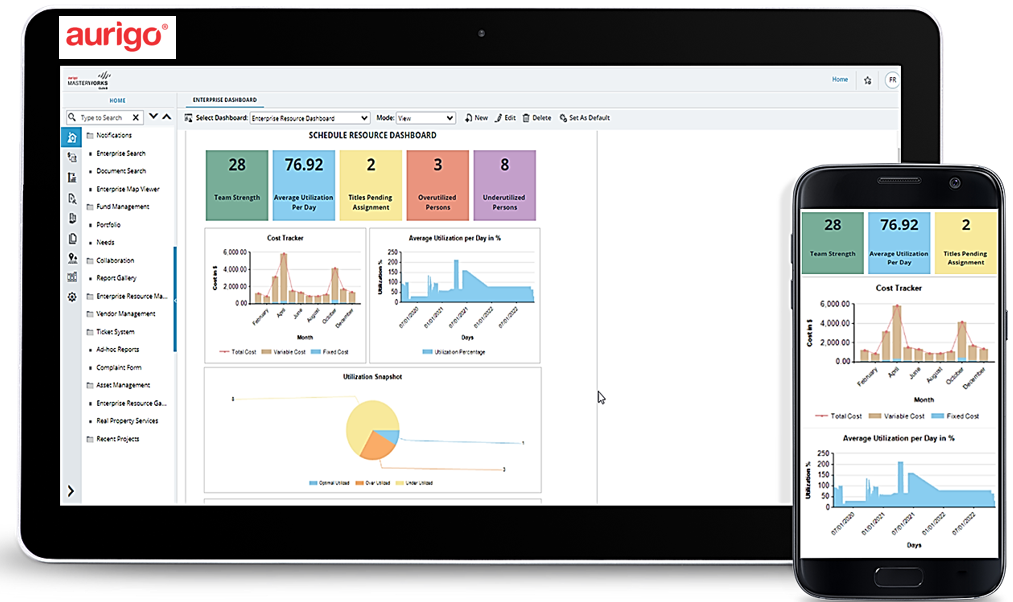
This solution’s schedule resource dashboard enables you to plan and track the utilization of labor, equipment, and materials across one or more projects in real time.
In practical terms, this means you can easily (re)assign tasks to workers, order materials just in time, and schedule equipment use to prevent downtime.
All of this ultimately makes your operations more efficient.
Of course, most construction project management solutions aim to go beyond resource management and cover everything a company needs to efficiently manage projects.
This includes features like cost estimation and budget tracking, documentation and contract management, progress monitoring, communication, and much more.

Note that such software solutions are often integrated with various resource-tracking tools, such as QR code tags, real-time GPS trackers, or Bluetooth beacons, which help provide the real-time data needed for efficient project management.
As said, these may be simple QR codes and smartphone apps used for tracking assets, inventory items, and material usage.
Or they can be real-time GPS trackers to track the location of your construction fleet, drivers and operators, and material shipments in transport.
The point is that technology offers myriad ways to enhance your resource management, thereby enhancing overall construction efficiency.
In practice, this involves leveraging the right combination of user-friendly technology, change management methods, and people skills to improve your resource management processes.
Regulatory Compliance
Regulatory compliance is a critical factor in maintaining construction efficiency.
That’s because construction companies have to navigate a wide array of compliance requirements, from building codes and zoning laws to environmental regulations and safety standards.
This means that issues like delays in obtaining permits and regulatory approvals or shortcomings in meeting building codes and safety standards can significantly hinder construction progress.
Therefore, understanding regulatory requirements, obtaining permits early, and maintaining compliance throughout the project lifecycle is essential for construction efficiency.
While good preparations and early engagement with regulatory bodies are crucial, software platforms like PermitFlow can make the permitting process even more efficient.
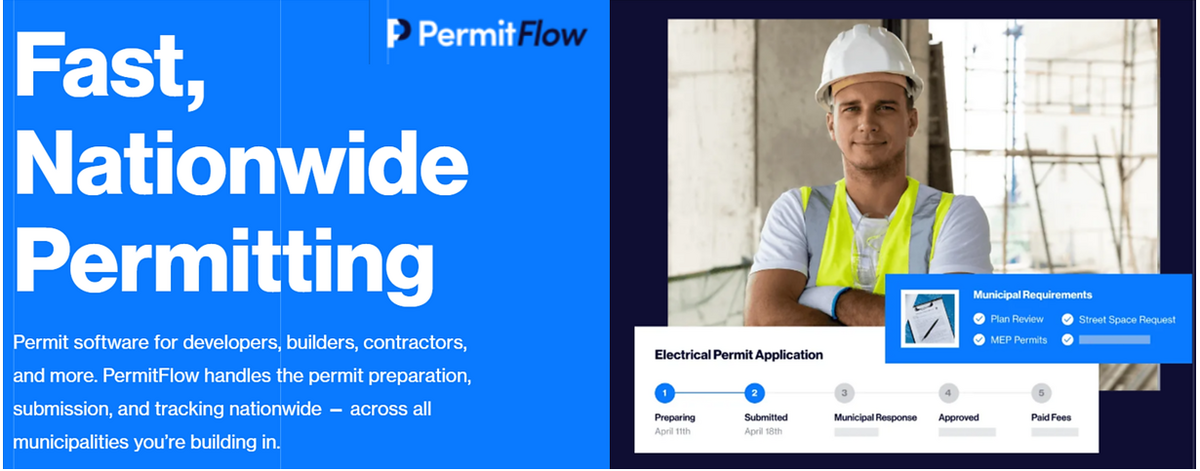
This platform offers not only permit management software solutions but also local regulatory expertise.
This enables them to prepare and submit compliant, error-free permit applications on your behalf.
In a similar vein, different software solutions and methodologies can be applied to streamline compliance with environmental and safety standards, thereby ensuring smoother project performance.
In conclusion, any regulatory compliance issues can negatively affect your construction efficiency, leading to project delays and budget overruns.
Good planning, a skilled and motivated workforce, and appropriate technology solutions can help avoid such issues while increasing the efficiency of compliance processes.
Construction Site Conditions
The last factor that inevitably affects construction efficiency is construction site conditions.
More precisely, issues like poor site access, limited space, and challenging terrain can impede construction activities and thereby reduce the efficiency of the project.
To combat these challenges, contractors can apply various measures, starting with addressing site logistics.
This includes:
- carefully planning the layout of the site to optimize workflows,
- organizing on-site deliveries/placement areas for materials to minimize travel distances and increase productivity, and
- establishing clear traffic management protocols to mitigate congestion and ensure safe movement of vehicles and personnel on-site, as well as around it.
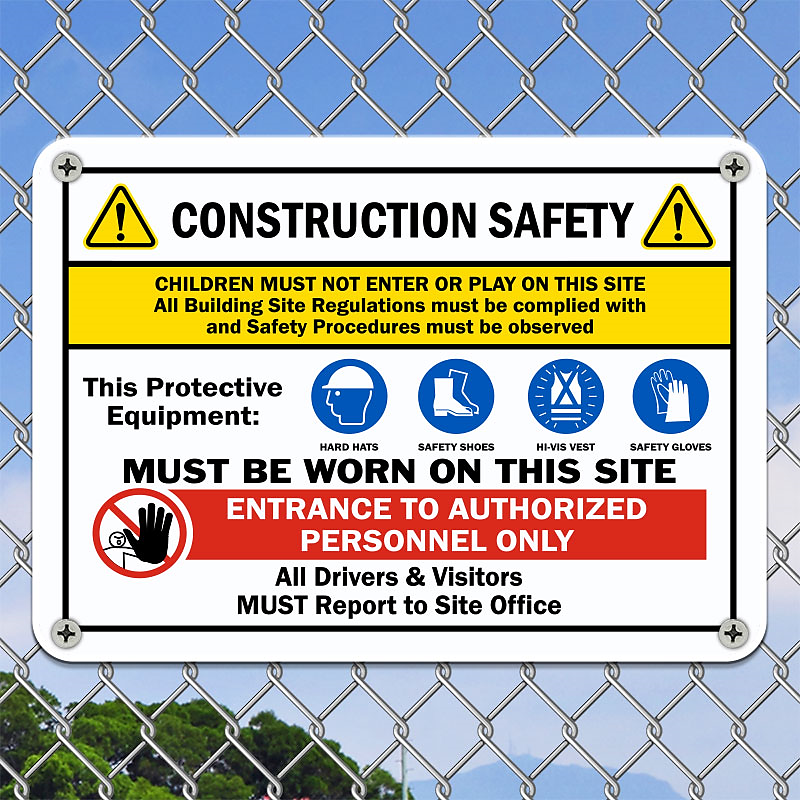
In addition to demanding site conditions, another efficiency-reducing issue is adverse weather conditions, which can disrupt construction schedules and increase project risks.
Again, construction companies can address these risks through a range of measures, such as:
- proactively planning for weather contingencies,
- scheduling weather-sensitive activities appropriately,
- implementing weather monitoring systems, and
- using weather protection systems.
Yes, site-related challenges from rough terrain and poor access to severe weather can seriously hamper the efficiency of your construction operations.
However, these risks can be effectively mitigated through strategic planning and efficient management strategies, ultimately improving overall construction efficiency.
Conclusion
So, we covered numerous factors that can affect the efficiency of construction projects, from poor planning and manual processes to uncoordinated resource management and demanding site conditions.
We also established that construction technology and methodologies can significantly enhance the efficiency of most construction management tasks.
However, it’s important to remember that even the best solutions won’t produce the desired efficiency gains without the support of a well-trained, skilled, and motivated construction team.





